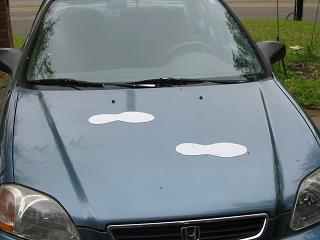This is the old strawberry planter design--the linear planter. It is fifty feet of four inch pvc black flexible drain pipe with two inch holes spaced six or eight inches apart. It has a sprinkler hose running through it and is filled with soil (organic compost and biochar). The weedcloth underneath it is new. The problem I have had is that the strawberries end up on the ground and in the weeds and though they grow big and beautiful, they all have nibbles out of them. Frustrating. I hope this weedcloth improves the outlook for these strawberries.

Not pictured is the conventional strawberry bed. Plants in the center east bed planted through holes in weedcloth that covers the whole bed. This bed is a different variety of strawberries. They are prolific, though the berries are not as big as those growing in the linear planter. Many of the berries are hidden under the foliage of the plants and they spend a lot of time on the ground. Subsequently, the berries are nibbled a lot.
In the course of building the new planter, I removed many plants from the conventional bed to add to the new planter. I saw no worms in the soil at all. It was wonderfully dark and rich and terribly devoid of life. One of the problems with using weedcloth is that it complicates adding compost and mulch to the bed. Adding soil and organic material on top of the weedcloth defeats the purpose of the weedcloth. Not doing so precludes building healthy soil. So this is my sea change on weedcloth.
Part of the motivation for using the new planter design with no idea how well it would work is that the existing conventinal bed is not working. I am growing lots of strawberries, but most of them are not usable because they are sitting on the ground and getting nibbled.
So here is the new design:

I am really pleased with the result. The berries are off the ground. Watering and foliar feeding are simple and quick. The real test is what I get for edible yield. Time will tell.









